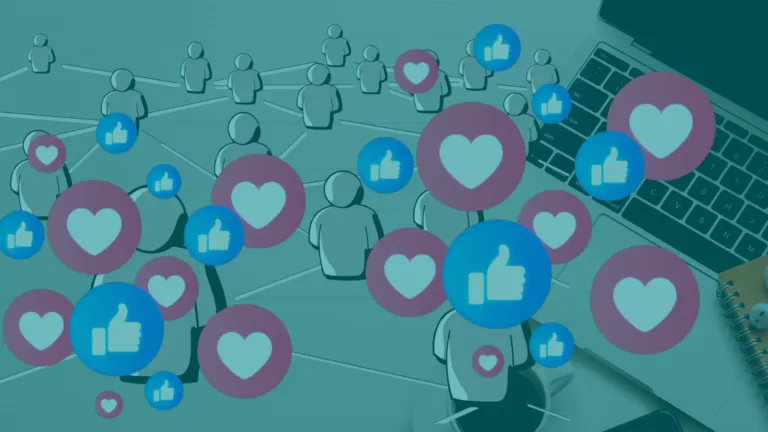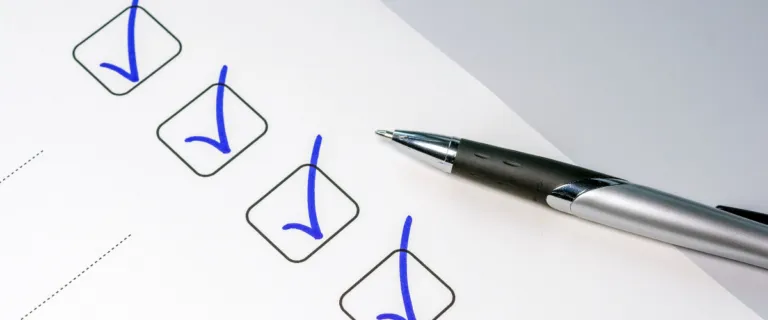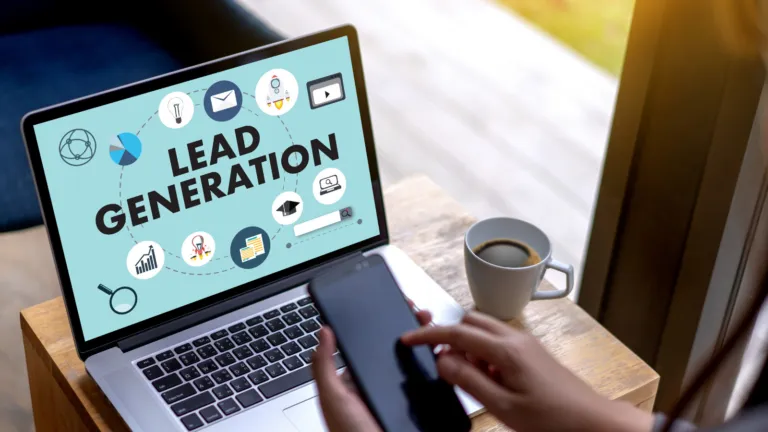What is a B2B Marketing Funnel?
37% of marketers say that the most challenging part of their job is prospecting, which is the first step in the sales pipeline. And according to a Salesforce survey, 79% of marketing leads are never converted into sales!
Clearly, there isn’t a clear ‘pathway’ for b2b prospects to find the services and products that they need (and that you want to sell to them). This pathway, or ‘buying journey’, can best be visualized as a b2b marketing funnel.
Why is a B2B Marketing Funnel Important?
The research shows that companies that create and use a strategic b2b marketing funnel plan earn 133% more in revenue than companies that don’t. For large and small organizations, this type of strategy increases sales, reduces sales cycles, and allows sales teams to spend more time selling and closing, and less time weeding through unqualified leads. The data shows that sales reps spend 50% more time selling when their organization implements a marketing funnel strategy.
How to build a Productive Marketing Funnel
There are several key components to a productive marketing and sales funnel
- Buyer Persona – The value of developing a clear buyer persona is to help you and your team to have a clear understanding of what motivates your audience to make a purchasing decision, what needs that purchase satisfies, and what message will resonate with them. This is also a good exercise to make sure that the marketing team and the sales team are ‘on the same page’.
- Customer Segmentation – Your audience is not usually monolithic. Within your audience may lie several different types of buyers, with slightly different needs and objectives. It is important to identify them for messaging purposes, but also for prioritization. Some segments could produce a much higher ROI than others, so you want to adjust your efforts accordingly.
- ‘Buying Journeys’ – With each segment of your audience there are different paths that they will take to get to your front door. It is important to understand that path and to be ready to assist the buyer on that journey with information when they want and need it.

What does a B2B Marketing Funnel look like?
As with any funnel, a Marketing Funnel is usually large at the top and narrows as it moves down. This represents the large, untapped and unqualified audience at the top of the funnel that narrows down to the qualified, ready-to-buy customers at the bottom.
Along the path of the funnel, a good marketing program eliminates the ‘tire kickers’ and long term shoppers from those that have a real need, a budget, and a desire to buy soon. This does not mean that some of those ‘long term’ shoppers will be forgotten. They will just be nurtured in the system until they are ready to buy.
The Top of the Marketing Funnel
At the TOP of the funnel are all of your audience — who probably have no awareness of you and/or your product. The goal of your messaging at this Top position is to build AWARENESS. Unless you are selling a cheap widget, most of your audience are not going to buy… so don’t ask them.
The Middle of the Marketing Funnel
In the MIDDLE of the funnel, after a prospect has become aware of you, they start to get educated about your product/service and you. This is when good content is important. The content you provide can help to earn their trust and better educate them to the value you provide. Depending upon the complexity of your product/services, the prospect can possibly stay in the middle of the funnel for minutes, weeks or years. And this is where your marketing team should be spending time with them… not the sales team.
The Bottom of the Marketing Funnel
This is where and when the sales team really proves their worth. Once a prospect has spent the necessary time to learn more about you and your business, it is time to engage with competitive data that sets you apart from the competition. It is finally time to ask for the order.
Tracking Your Audience Prospects
An important part of any marketing funnel is the tracking mechanisms that allow your team to know where each prospect is on their individual journey through the marketing funnel. If you think that they are deeper into the funnel than they actually are, you run the risk of scaring them off. If you don’t see the ‘buying signals’ when the prospects gives them, you could lose an important sale.
So, what you must have are tools to help you track and measure engagement – whether that engagement is website visits, social media interactions, opened emails, info downloads, product trials, etc. There are a multitude of tools on the market that assist this work. But, they are secondary to the marketing funnel strategy. No tool will help you succeed without that strategy.








